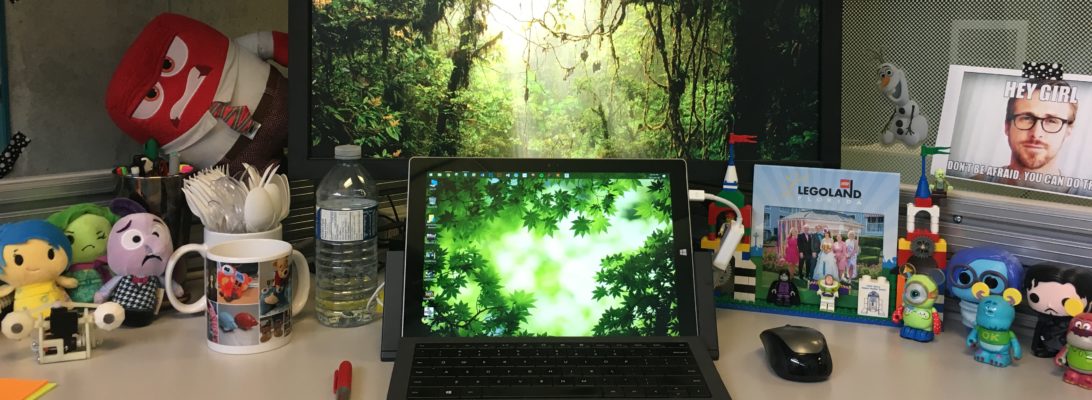AnnokiBlooms is a wiki-based tool, that combines Annotated Wikis (Wiki libraries such as Wikipedia and MediaWiki) with Bloom’s Taxonomy (a hierarchical framework used in education settings to classify the cognitive domain of learning) to create semantic representations of short stories. AnnokiBlooms aims to strengthen a student’s mastery of concepts and ideas they have gained from reading or writing a short story or narrative.
Through my work, I created a Java applet that utilized the University of Alberta Software Engineering wiki (Annoki) and XML files to dynamically visualize a single wiki page (we chose the domain of story writing to test this on). The idea in using story writing allowed me to investigate the multiple semantic graphs that a story could have, such as time-lines, topic maps, spider maps, flow charts and hierarchies. The bulk of my work involved creating wiki parsers that would parse a story and create multiple XML XTM files, and then transforming XTM’s into different graphs (such as time-lines, spider maps, flow charts, or hierarchies), complete with different shaped and colored nodes and edges.
AnnokiBlooms is a very user-friendly tool, that allows students to easily see i) how the story they have created is semantically structured and ii) how the story they have read is structured through the use of different types of graphic organizers (time line, spider map, topic map, hierarchy, flow chart), nodes and edges. Teachers can use this tool to view a students progress and story evolution to determine which areas a student needs additional assistance in.

The first version of AnnokiBlooms that I built. The Annoki Wiki and Java program were two separate entities but communicated with each other.

The second version of AnnokiBlooms, where I integrated an HTML browser into the Java program so that the graphic organizers and the wiki could be used simultaneously.
A screen shot of the ‘Story Comprehension’ use case of the software. In this example, the wiki page and subsequent visualization would be created by the teacher (with specific elements omitted) and the student would be asked to complete the graphic organizer by answering story-specific questions.


